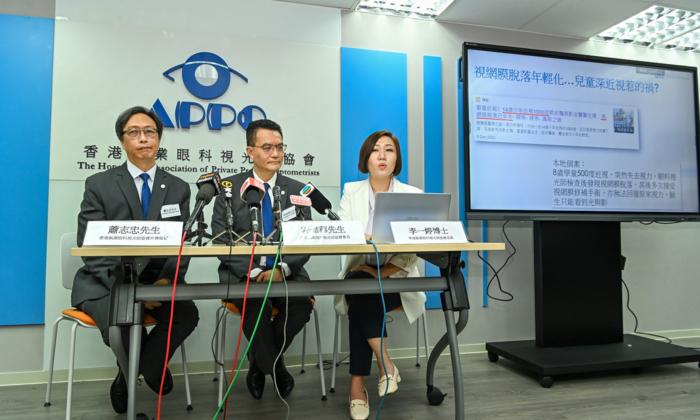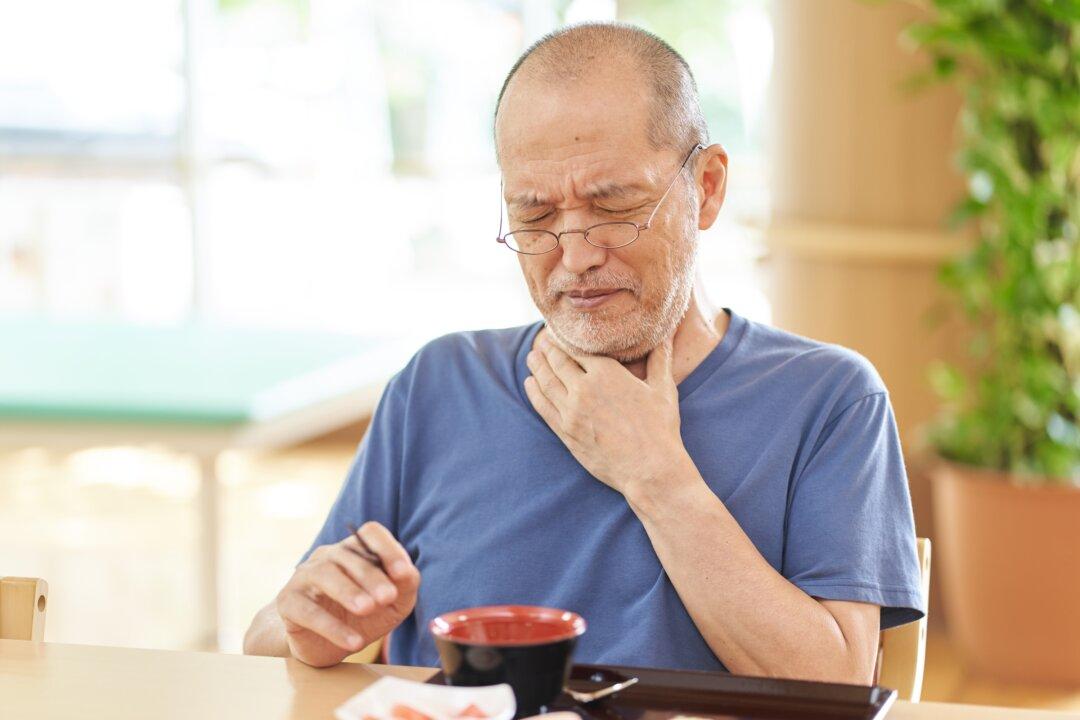The association conducted the “Post-Epidemic Recovery: Primary School Student Eye Exam and Myopia Survey” from March 21 to April 30, 2023, with a total of 293 primary school parents participating. The survey found that besides the vision check at government maternal and child health centers or student health care, only 70 percent of parents had taken their children for an eye exam.
Among them, 71 percent did so because their children could not see clearly or had vision problems or because they were recommended by student health care or teachers.
Among the parents who did not take their children for an eye exam, 72 percent said their children did not complain about poor vision, and 36 percent believed that the vision check at maternal and child health centers or student health care was sufficient.
Excluding the vision check at government maternal and child health centers or student health care, when parents took their children for an eye exam for the first time, average myopia among primary school students was 165 degrees. Among them, 20 percent had myopia of 275 degrees or more (mild to moderate myopia).
Among the surveyed primary school parents, 37 percent said their children had myopia. The average myopia among senior primary students was 200 degrees, and 4 percent had a myopia level of 425 degrees or more. The average degree of myopia among junior primary students was 170 degrees, and 6 percent had a degree of myopia of 425 degrees or more.
Based on data from the government’s Census and Statistics Department, the association estimated that 160,600 primary school children aged six to eight are currently in Hong Kong. If 37 percent of them have myopia with a degree of up to 170 degrees, it is estimated that there will be more than 59,000 people with “deep myopia” (600 degrees or above) when they reach the age of 17. About 3.2 percent, or 1,902 people, may experience retinal detachment.
Children Use Electronic Products for 4.4 Hours a Day on Average
The survey found that children use electronic products for an average of 4.4 hours daily. Among surveyed parents, the rate of at least one parent suffering from myopia was as high as 84 percent. The association believes this genetic factor has already increased the risk of myopia among Hong Kong students. The surveyed children spent only 45 minutes daily on outdoor activities in the past three months.Sixty percent of surveyed parents believe that it is difficult to avoid deep myopia among Hong Kong students, and 57 percent mistakenly believe that regular eye exams can reduce myopia progression; many parents believe that primary school students need to control their myopia only when their degree reaches an average of 165 degrees.
The Association Tripartite Cooperation between Optometrists, Parents, and Students
Dr. Li Yi Ting, an APPO member, pointed out that myopia’s main causes are genetics and near-distance eye activities. She cited research showing that if both parents have myopia, the probability of their children having myopia is as high as 80 percent. The earlier myopia appears, the greater the degree of deepening. However, many parents lack awareness of the impact of severe myopia and rely only on maternal and child health centers and student health vision checks. Due to a lack of detailed records and follow-up, it is difficult to track and detect myopia problems early.The Association stated that regular check-ups and timely measures could slow down the increase in myopia angle by 27 percent to 67 percent. Parents should discuss with optometrists to choose the most suitable method early on, such as myopia control lenses, myopia control contact lenses, corneal orthopedic lenses, and medication.
The Association also believes effective myopia control requires tripartite cooperation between optometrists, parents, and students. Parents should take their children for comprehensive eye examinations yearly and have the same optometrist follow up throughout the process. At the same time, they should assist their children in reorganizing their habits when using electronic products and arrange at least two hours of outdoor activities daily. The government should also formulate policies for controlling childhood myopia early on in its primary healthcare blueprint and subsidize comprehensive eye examinations for all students in Hong Kong from age three onwards.




